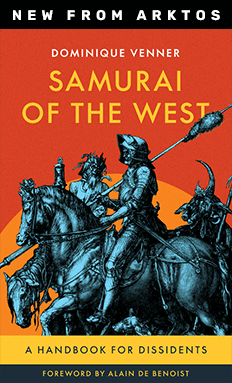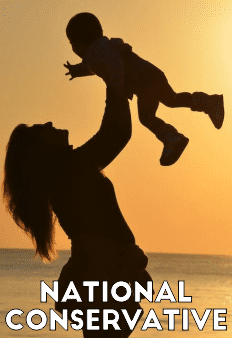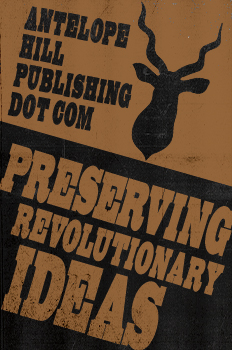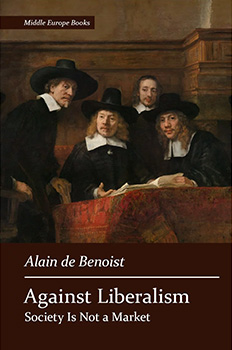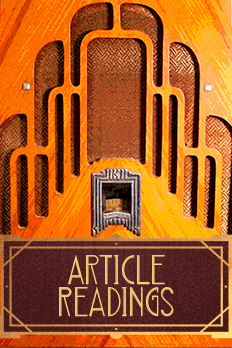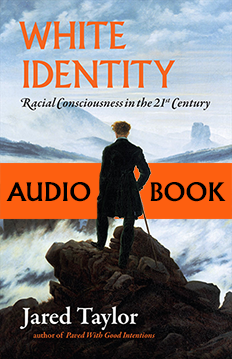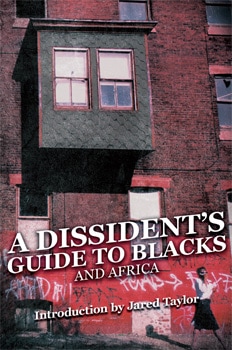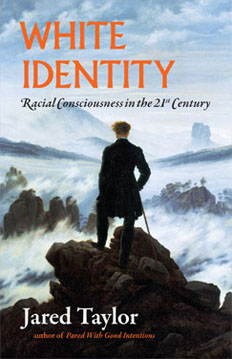Small-Town Pennsylvania Is Changing, and Democrats See Opportunity
Campbell Robertson and Robert Gebeloff, New York Times, October 16, 2024
{snip}
Pennsylvania is arguably the most pivotal state in the election, carrying 19 electoral votes, the most of the so-called swing states. After voting for the Democrat in every presidential election going back to 1992, the state went for Donald J. Trump in 2016 by less than a percentage point. Joe Biden won in 2020, by a little over a percentage point.
A primary reason for Mr. Trump’s success here is that Pennsylvania is a blue-collar state, with a large share of white voters without college degrees, a demographic that over the past eight years has become an ever-firmer base of Trump support.
Many of these voters were Democrats in the past, out of loyalty to the unions that ensured good jobs in steel mills and factories. But those days, and many of those jobs, are long gone. The hollowing out of manufacturing left behind a deep frustration and many blue-collar Pennsylvanians heard in Mr. Trump somebody who voiced their pessimism about the country’s direction.
But as the political parties have realigned along educational divides, the state has been changing, too.
Rural counties across western and northern Pennsylvania have lost population and are expected to shrink further in the coming years. But the state’s southeast has flourished, with population growing and pushing out from the suburbs of Philadelphia and Harrisburg into counties that were once mostly rural and conservative. Many of the jobs drawing newcomers are not in factories but in hospitals and universities.
The presidential race this year in Pennsylvania could be a test of which has advanced further: the partisan realignment trends that benefit Mr. Trump, or the demographic changes that help the Democrats.
White, non-Hispanic people without college degrees still make up a narrow majority of the state’s voting-age population, but their numbers are declining. Meanwhile, the number of white people who are college-educated and the number of nonwhite residents of voting age are inching up steadily. Both groups tend to vote for Democrats, though Republican strategists are hoping to make inroads with Latino and Black voters this year.
Lancaster County, long associated with the timeless lifestyle of the Amish, reflects this new reality. Over the past decade, Lancaster has been among the fastest-growing counties in a slow-growing state.
{snip}
There is work for professionals in hospitals, labs and tech-driven companies, including a big business in the suburb of Lititz that makes concert equipment for rock stars. For decades, Christian groups have helped resettle thousands of refugees in the area, bringing Cambodians, Somalians, Cubans and Bhutanese to the city of Lancaster. Huge retirement communities are rising up around the city, attracting seniors from around the Mid-Atlantic, drawn by the lower cost of living and the state’s retirement-friendly tax structure.
White people without college degrees still make up a majority of the county’s adult population, but that share declined between 2012 and 2022. The number of college graduates, retired and working, grew by the thousands.
Political shifts have followed. Lancaster County is still the largest Pennsylvania county with a Republican-controlled county government, and it has voted Republican in nearly every presidential election for a century. It will almost certainly give a majority of its votes to Mr. Trump in 2024. But the margins are thinning. Mr. Trump won by about 16 percentage points in 2020, less than half of the 35 point margin by which George W. Bush won two decades earlier.
In recent elections, Democrats flipped local seats and judgeships in strong Republican boroughs and townships around the city, in some cases driven by organizing in the retirement communities. {snip}
{snip}
Ephrata, with a population of around 13,600, is a short drive away from the city of Lancaster. Founded nearly 300 years ago as a monastic community, Ephrata retained its quiet, devout character well into recent decades. But with all the growth across South Central Pennsylvania, the town might not be as cloistered as many of its residents once thought.
{snip}
The political culture in Ephrata is nothing like in the city of Lancaster, where news of a drag queen story hour at the public library drew opposition from county officials and even a bomb threat. But some residents here see a shift nonetheless.
“They’re a lot more liberal,” Ms. Good said. She believes the newcomers do not show the same level of tolerance to the plain people that they show to Muslims and other groups. “They make fun of them to no end because they’re Christian,” she said.
{snip}
These differences run deeper than politics, said Debra DiTrapano, 60, a nursing instructor who grew up in Michigan and moved to Ephrata eight years ago. She said she had tried to understand the opposing point of view as a nurse would try to understand her patients.
“Different people moving into the area bring their own opinions, bring things that they’ve learned,” she said. “And you have people that haven’t changed, and have not experienced other parts of the world. That clash is more than party-party. It’s more cultural.”
{snip}





